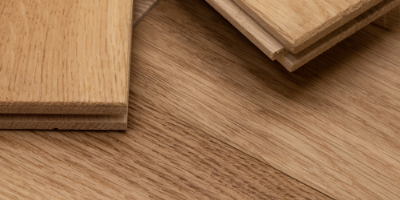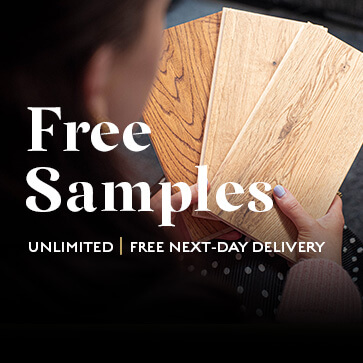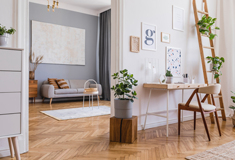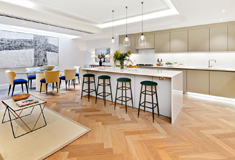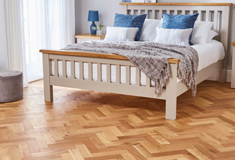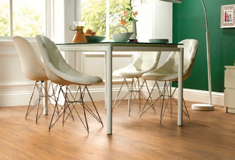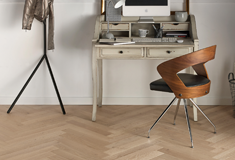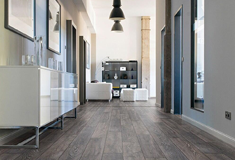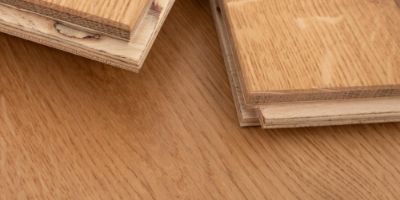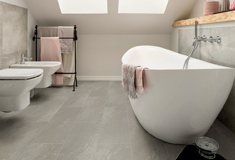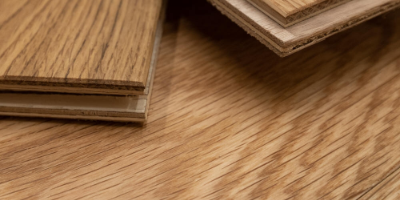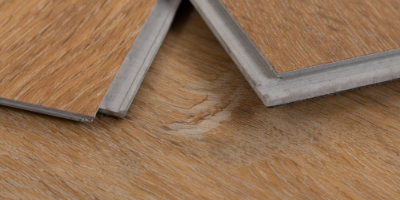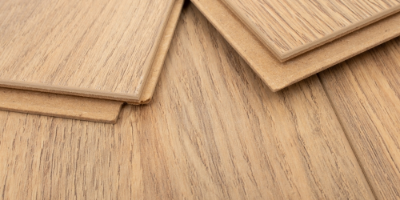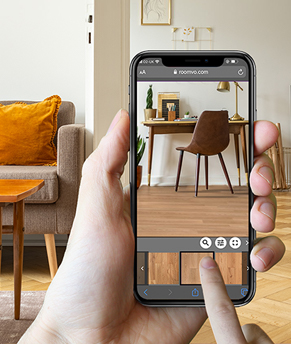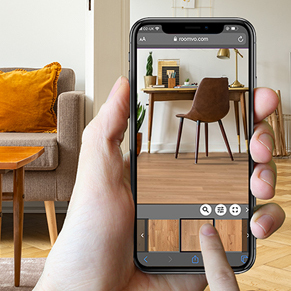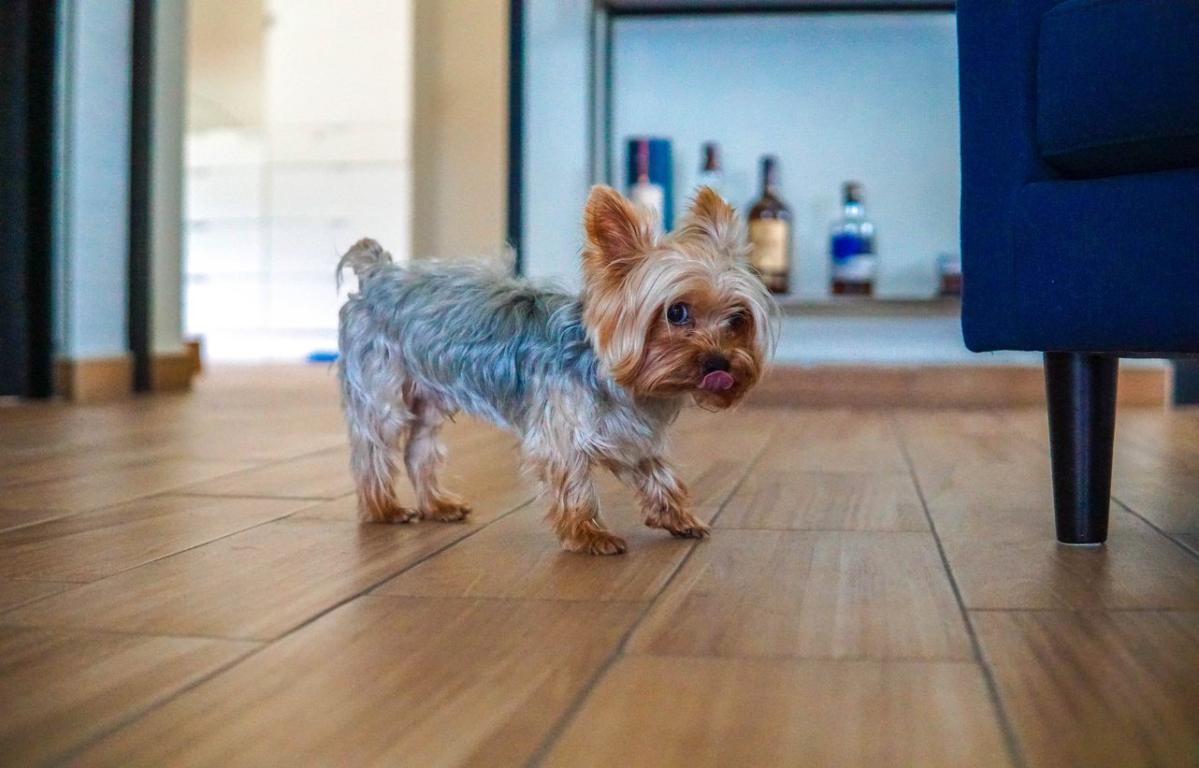Know the Difference: Square Edge vs Bevelled Edge
When it comes to buying new flooring, there’s a lot more to consider than just materials.
Whether you’re looking for solid and engineered woods, or laminate and LVT, there’s a wide array of characteristics that are unique to each product. Whilst some features are purely aesthetic, others offer functional benefits that tailor your flooring to a specific environment.
With so much to choose from, it can be difficult to know what’s best for your home, especially if you’re new to the world of flooring.
One of the most frequent queries we experience is regarding edge detail.
Many homeowners find it hard to differentiate between square and bevelled edges, getting confused with the two technical terms. Although their differences are quite simple, both types create drastically different results.
Because of this, it’s important to know the difference before you make your purchase.
If you’re unsure, don’t worry. We’re here to help!
The truth is, edge details are easy to recognise once you know what to look for. With our quick and easy guide to square and bevelled edges, you can choose your new flooring with confidence.
Square Edge
Square edge flooring is flawless in both look and feel.
Each board, tile, or plank is cut with exacting precision to create a perfectly perpendicular edge. This means that no grooves or indentations are visible once the flooring is installed.
Instead, the surface is smooth, streamlined, and the epitome of sophistication.
Square edge flooring is often the preferred choice in more affluent styles of home, delivering a pristine aesthetic underfoot.
Alongside their refined appearance, square edge floors are low maintenance and easy to clean.
This is because no dust, dirt, or debris can get caught in the joins between each board. As a result, this style of flooring is perfect for messier areas, such as kitchens.
However, there are some drawbacks to square edge flooring.
Due to the accuracy required during the manufacturing process, this style of edge detail is often more expensive. Additionally, any imperfections or damages made during installation will be noticeable once the flooring has been fitted.
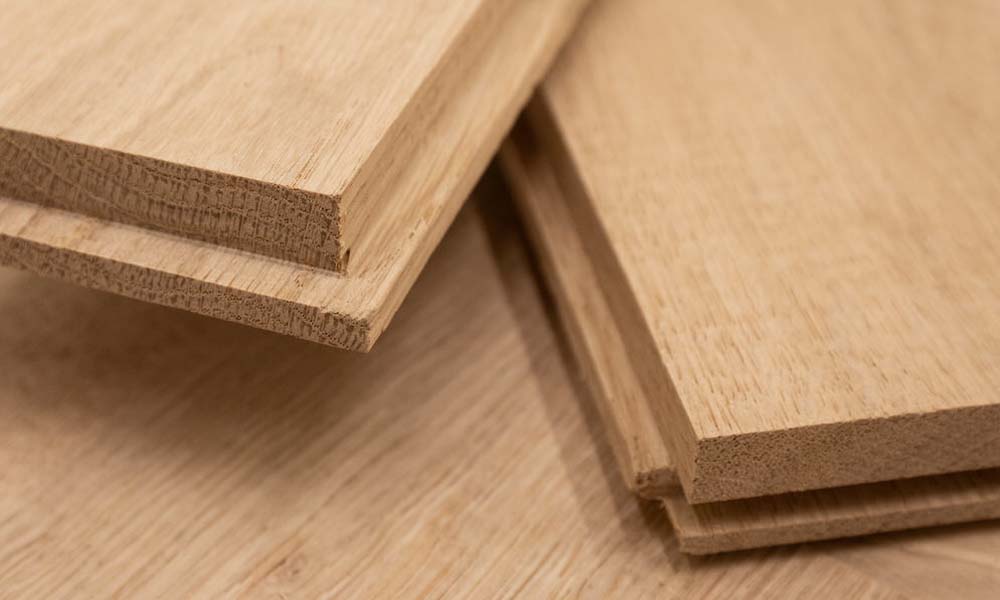
Bevelled Edge
Bevelled edge flooring offers distinctive depth and texture underfoot.
Unlike square edges, the boards are not constructed to create a seamless surface. Instead, this style of flooring takes advantage of the natural joins for a more authentic look and feel.
Each edge is cut diagonally, creating a characteristic ‘V’ shape when placed next to an adjoining board.
The indentation separates each piece both physically and visually. Not only does this generate a range of tactile sensations with every step, but it also allows for the unique details of your flooring to become more pronounced.
This is a highly popular style for wood flooring, as the addition of a bevel creates a naturalistic appearance.
Because the joins are emphasised by the bevel, the overall appearance of the flooring can be highly complex, and in some cases, very busy. Consequently, bevelled edge flooring is best suited to larger spaces and minimalist décor, bringing proportion and preventing emptiness.
Moreover, this style of flooring provides optimal results in areas where debris is less likely.
Unlike square edge flooring, bevels can trap dirt and grime, and consequently requires more intensive cleaning.
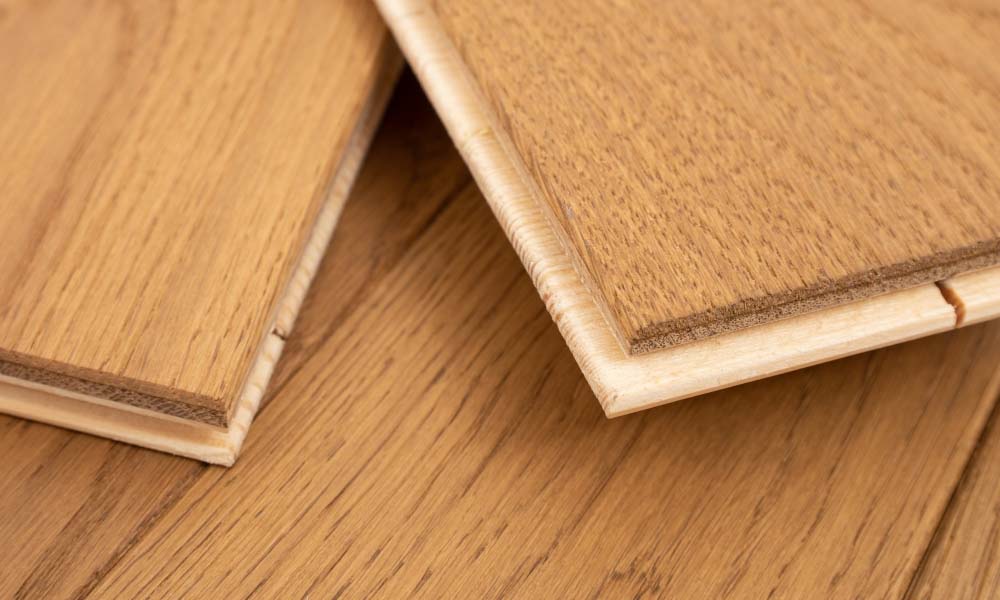
Micro Bevelled Edge
Bevelled edges can vary in size.
Both options offer their unique benefits, however, this is strictly down to personal preference.
Micro bevels are an excellent solution for those who are looking for refined elegance but still want a touch of authenticity and texture.
A deeper bevel works especially well with wood-style flooring. The emphasised grooves create a worn feel, lending warm character and a rustic aesthetic.
Naturally, smaller bevels will be less prone to trapping dust, dirt, and debris. It’s important to bear this in mind when purchasing your flooring. Always remember to tailor your choice to the environment you’re planning to renovate.
Alongside variations in depth, bevelled edges also vary in frequency.
Bevelled flooring is available with both 2V and 4V edge detail. This refers to the number of levels that are featured on the board, tile, or plank.
The 2V groove is defined by two bevels on the longest sides of the piece, whilst the header is cut with a square edge. This allows the ends of the piece to remain flush. The result is sleek and streamlined, accentuating straight lines throughout the room.
The 4V groove demonstrates a bevel around all 4 sides of the piece. This is the most common style of the two and works especially well with tiles and LVT. It’s highly decorative and helps each piece provide individual definition.
As noted above, make sure that the style you choose is suited to the right setting. 2V and 4V grooves exhibit different effects, so it’s best to give your selection some added consideration.
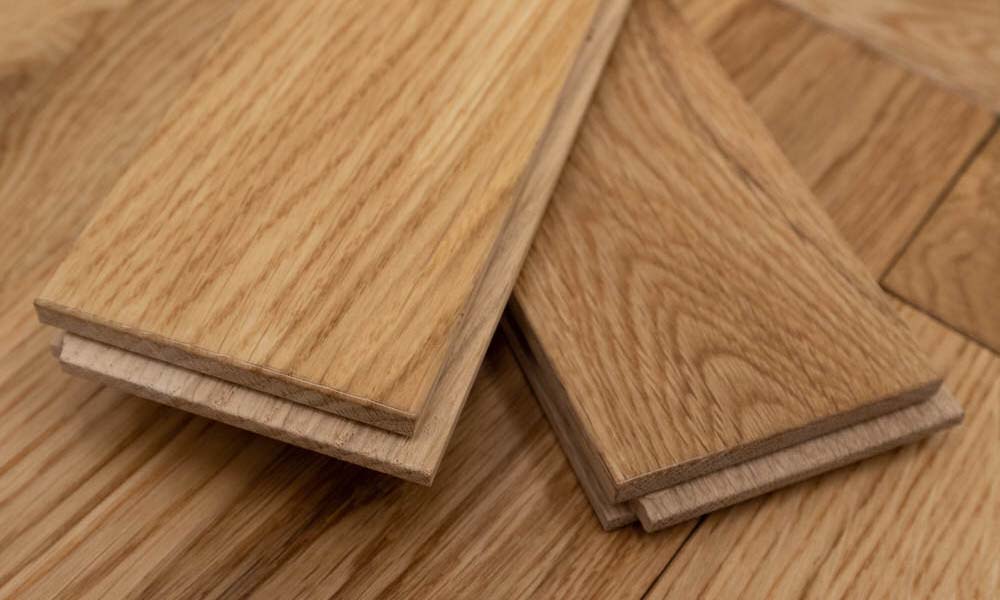
Have Your Say
Want to get in touch, share your thoughts, or tell us about your latest flooring installation? Don’t hesitate to leave a comment below!
Don’t forget to find us on Facebook, Twitter, and Instagram for new content, discussions, and helpful information.

